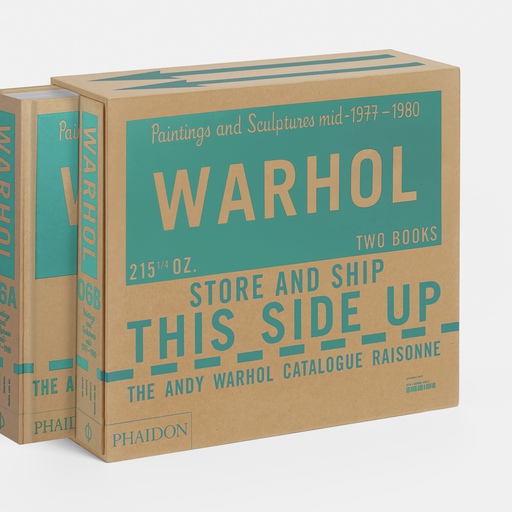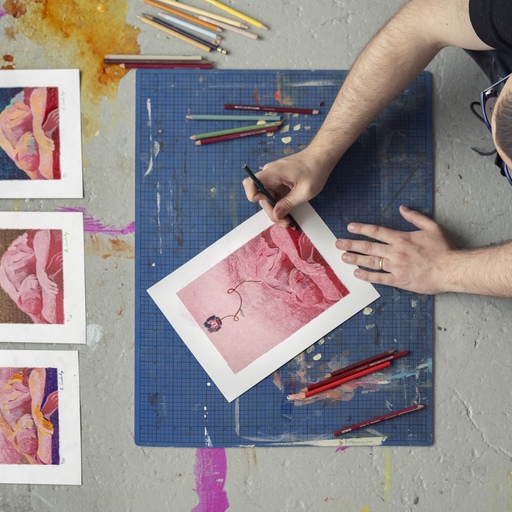Earlier this month, fashion powerhouse Louis Vuitton announced that the critically adored designer Nicolas Ghesquière, formerly the vision behind Balenciaga, will take over Marc Jacobs’s post at the helm of the iconic brand. Given that Ghesquière has said he plans to continue the high-profile art collaborations that began under Jacobs—and which have ranged from megasuccessful Takashi Murakami bags to dotted dresses by Yayoi Kusama—and given the French designer's own not inconsiderable art-world clout, what does his appointment at Louis Vuitton mean for the art world? We make some predictions based on Ghesquière’s clear ties and relationships in the art community
WHO IS HE?
The French-born Ghesquière, only 42, came to widespread renown as the designer for the exceedingly chic Paris fashion house Balenciaga. He had ascended to that post in 1997 when he was just 25, after having worked for an offshoot of Balenciaga designing funeral clothes and suits in Japan—a job he has called “the worst position in fashion”—where he caught the eye of his superiors, who handed the reins in an effort to revamp the sleepy brand.
At Balenciaga, Ghesquière—whose design experience began at a precocious age, when he interned in high school for French brand Agnès B. and later working as an assistant to Jean Paul Gaultier—completely turned around the house into a major fashion-world player through precise, architectural, streamlined designs that were heavy on artistry, as well as covetable accessories that didn't rely on a logo.
Most importantly, he remained unpredictable from one season to the next: “I love the idea of the white page,” he told W in 2007. “Everything is possible again and again.” He also consistently endeared himself to critics by looking back at the original designs of the revered Cristóbal Balenciaga, while simultaneously associating the house with contemporary indie muses like Charlotte Gainsborg. When he stepped down in November of 2012 after 15 years with the company, he left the fashion world to guess about his next move.
WHAT LOUIS VUITTON HAS TO DO WITH CONTEMPORARY ART
Louis Vuitton established itself as a major player in the proliferation of art-fashion collaboration, with blue-chip artists melding their work with high-fashion accessories. The brand famously released a Stephen Sprouse edition of handbags, with the house’s trademark brown-and-tan logo pattern emblazoned with his characteristic blocky graffiti. But it was the brand's even deeper collaboration with Murakami, completely reworking the color scheme of the bags with candy-colored “LV”s dotted with his famed cartoonish flower characters, that proved revolutionary. The Murakami rollout was a massive hit for the brand, netting major profits, earning pride of place in the artist's 2008 MOCA survey, and creating a craze for hybrid art-fashion creations that continues to gain steam.
More recently, Louis Vuitton followed up with another Japanese artist, Kusama, releasing a line with her signature spots in conjunction with her major retrospective at the Guggenheim. Upon stepping in as the Marc Jacobs's successor, Ghesquière suggested that the artists collaborations helped make "Louis Vuitton relevant in fashion" and said that they "have become some of the fundamentals of the brand.”
WHAT ARE HIS ART WORLD CONNECTIONS?
Jacobs may have introduced the art world and Louis Vuitton, but Ghesquière built some impressive connections of his own while at Balenciaga. The artist Dominique Gonzales-Foerster, for instance, has been a frequent collaborator, helping to redesign all of Balenciaga’s stores last year. The choice of a visual artist over an architect was an unorthodox one, and involved Gonzales-Foerster specifically designing each branch to match the character of its city through extensive research. The location of the planned New York store is particularly notable: next door to former Dia Art Foundation building in the heart of Chelsea’s gallery district, down the block from Comme des Garçons, whose art-world credibility is unquestionable.
Prior to that, in 2010, Ghesquière partnered with Cindy Sherman to create a memorable spectacle for Fashion's Night Out, with the artist creating a series of six self-portraits dressed in head-to-toe Balenciaga and co-hosting the event at his store. In 2011, he also redesigned the brand's Web presence, enlisting fine artists and photographers like Steven Meisel to create special online projects to be showcased on the site. Less intriguingly, the art of Mondrian—whose colorful grids are an oft-cited reference in fashion, going back to Yves Saint Laurent's celebrated 1965 dress—has cropped up in his designs, including in a perfume bottle that was promoted by Kristen Stewart.
All of this has earned Ghesquière a reputation among fashion veterans as having a particularly strong grasp of art, together with brand history and technology—and suggests that fans of Louis Vuitton's art collaborations have much to look forward to indeed.
























